Qeshm Island, with 135 kilometers long, is located below the Iranian southern coasts where the Persian Gulf meets the Oman Gulf, resulting in to be a strategic geopolitical point.
For centuries, the island, encircled by the azure waters of the Strait of Hormuz, has been a trading hub for merchant ships coming from Africa, India, and China. The fisher inhabitants of Qeshm gradually assimilated chunks of the foreigners’ cultures and beliefs.
The most populated and modern metropolitan area, Qeshm city, is at the easternmost part of the island. Spending time in the city on one hand narrows down to visiting malls or having spicy traditional dishes in seafood restaurants, and on the other hand it is limited to two or three historical sites such as the Portuguese Castle.
If you want to enjoy a bit of luxury, rent a hotel room with a view to the Persian Gulf or appreciate bulbuls chirping in palm trees. To fulfill your visit to Qeshm, hire a local tour guide with his Toyota Hilux, costs about 50 USD, to show you the wonders of the island.
Here are six attractions you should not miss in Qeshm Island:
1. Chahkouh Canyon
Along the northern stretch of Qeshm’s coastline to the west, torrential rains and winds carved the cross-shaped canyon into the salt dome of the island.
Cavities in sandstone and limestone cliffs conserve water and work as natural water resources.
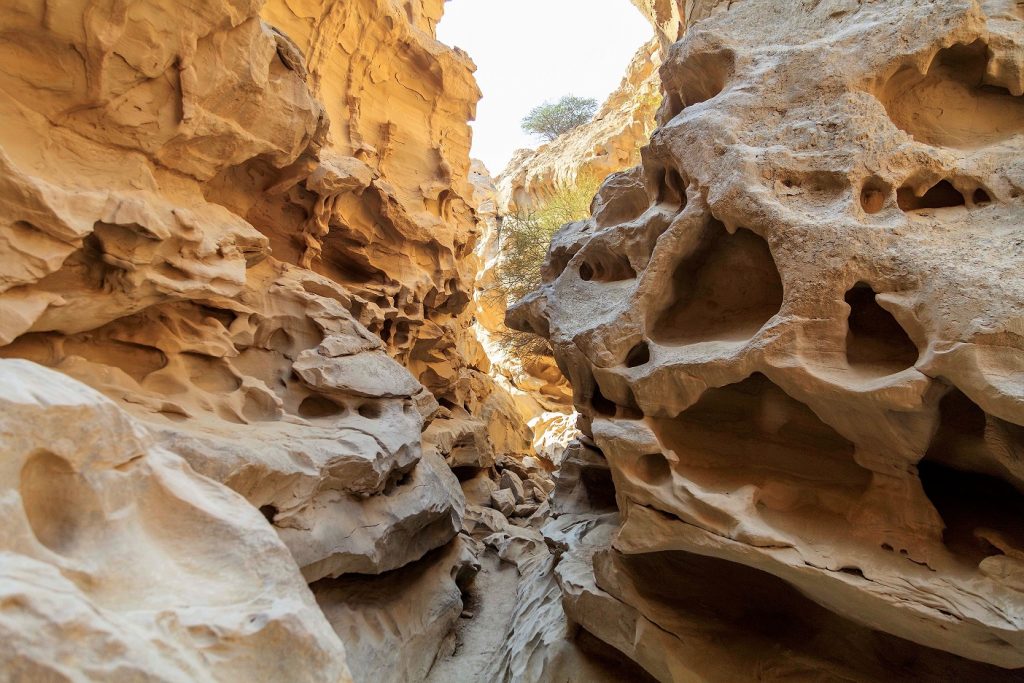
- Tandis-ha Valley
Tandis-ha valley, meaning the valley of statues, and its surrounding located at Salakh rural district along the northern coastline.
The eroded ridges of the mountains showcase shadowy silhouettes at sun sets, resulting in stories of ghosts wandering in the area.
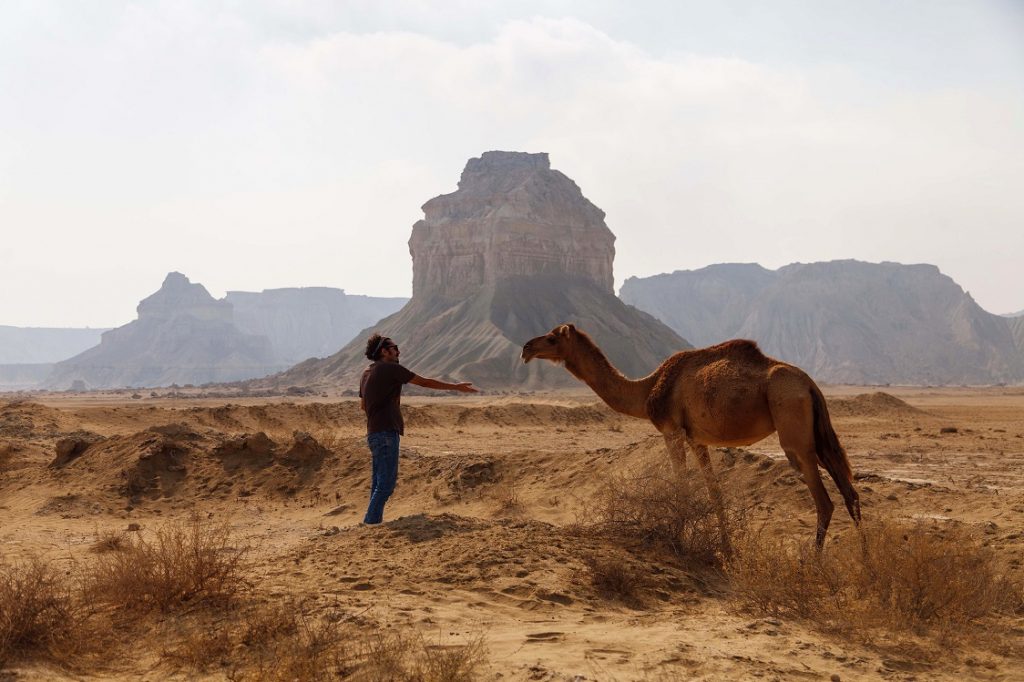
- Boatyard
Qeshm locals are masters of building wooden dhows. The dhows take 2-3 years for 6 persons to be built it.
To visit the Iranian craftsmanship at its finest and see how they do it without blueprint go to Peyposht Village.

- Setare-ha Valley
Or valley of stars, 15 kilometers away from Qeshm City, is a natural consequence of wind erosion and rainstorm washing out from two million years ago up to now.
Its name refers to a folk belief that the valley was formed after the falling of a star many centuries ago.
Locals also believe in ghost traffic through the valley; they avoid entering to the valley after sunset.
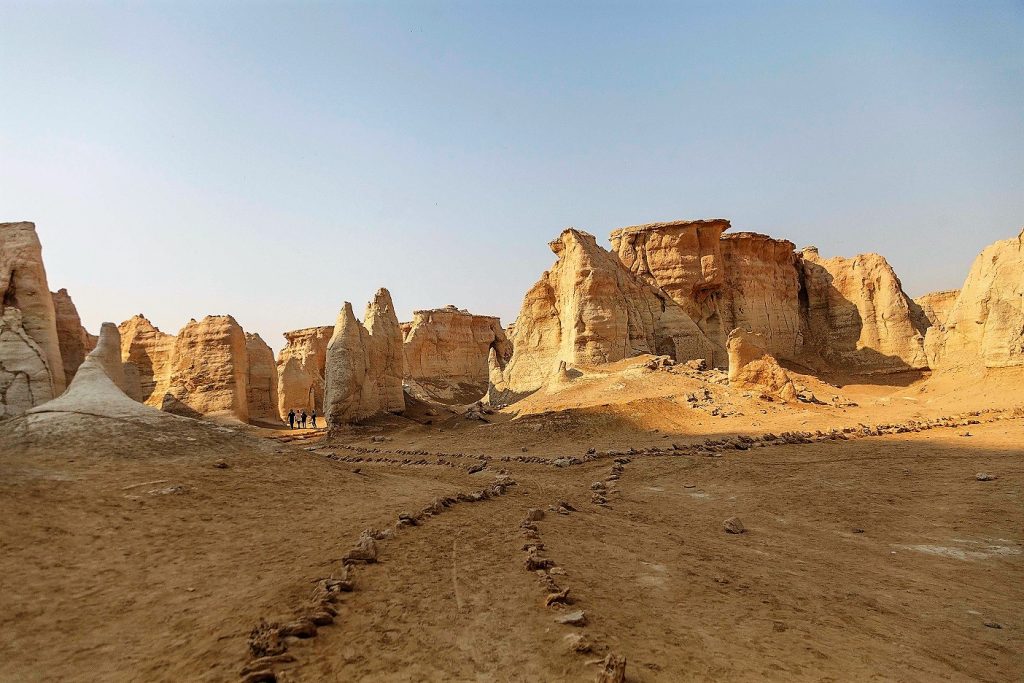
- Hara Forest
Or floating Mangrove forests in the Persian Gulf spreads from strait of Hormuz on north of Qeshm to the east on Oman beaches.
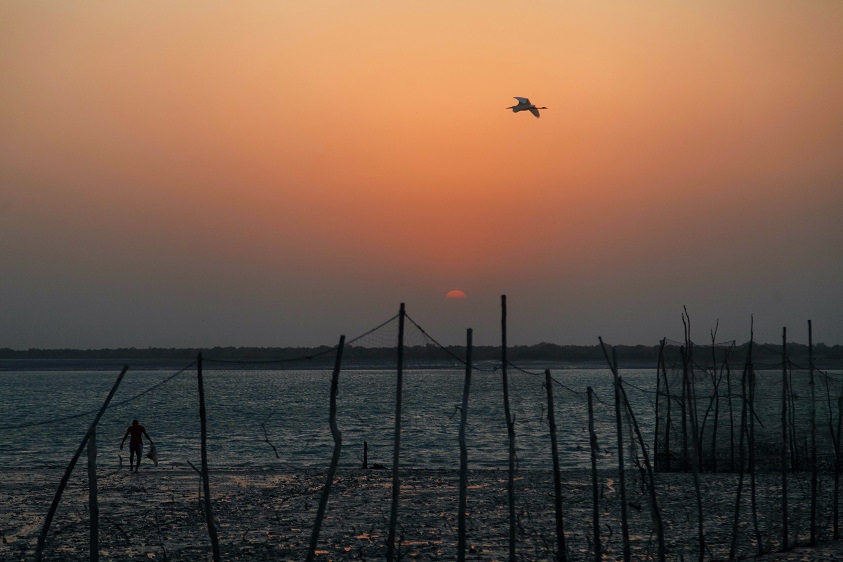
At the time of low tide, the sludgy beds of trees come out of the water and at the high tide, the water covers Hara Forest and it disappears.
Being home to over 100 bird species make it a perfect site for birdwatchers.
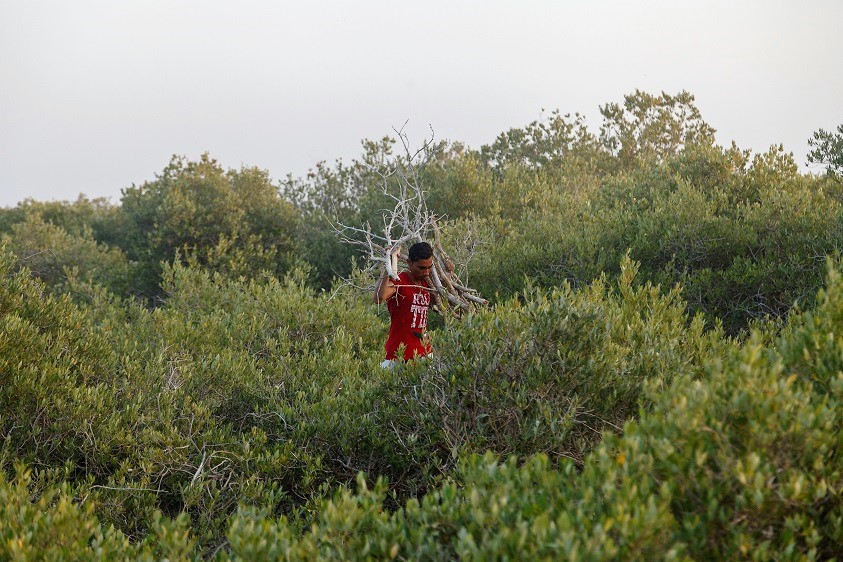
- Port Laft
Once home to powerful merchants, ancient Laft port has many historical relics such as traditional wind catchers, wells, and castles.
Beached dhows, water reservoirs with round domes, and an ancient cemetery make the city an irresistible attraction.
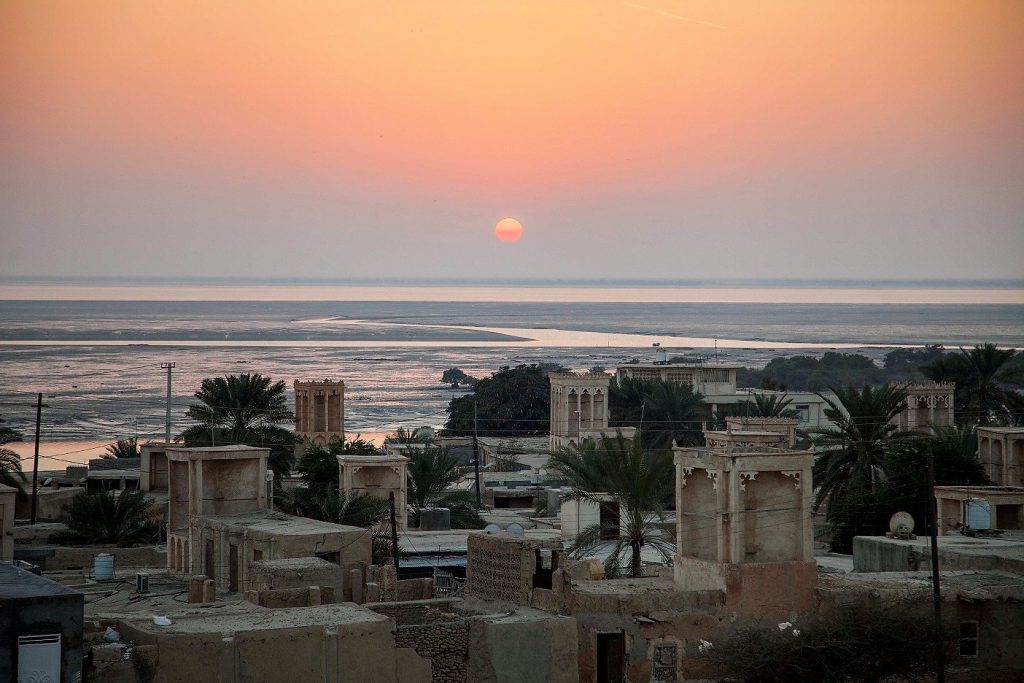

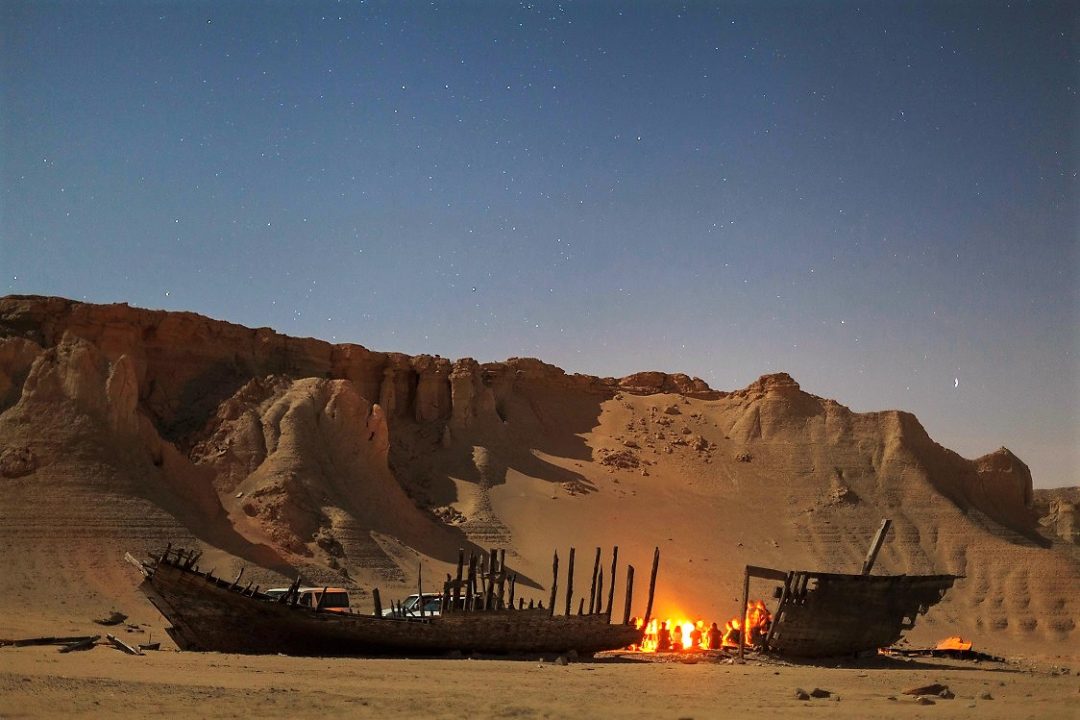

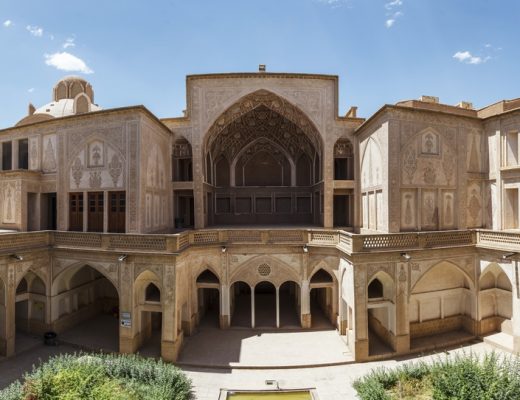
No Comments